Is One Piece A Modern Epic?
A contemporary ‘Odyssey’ or just a manga?
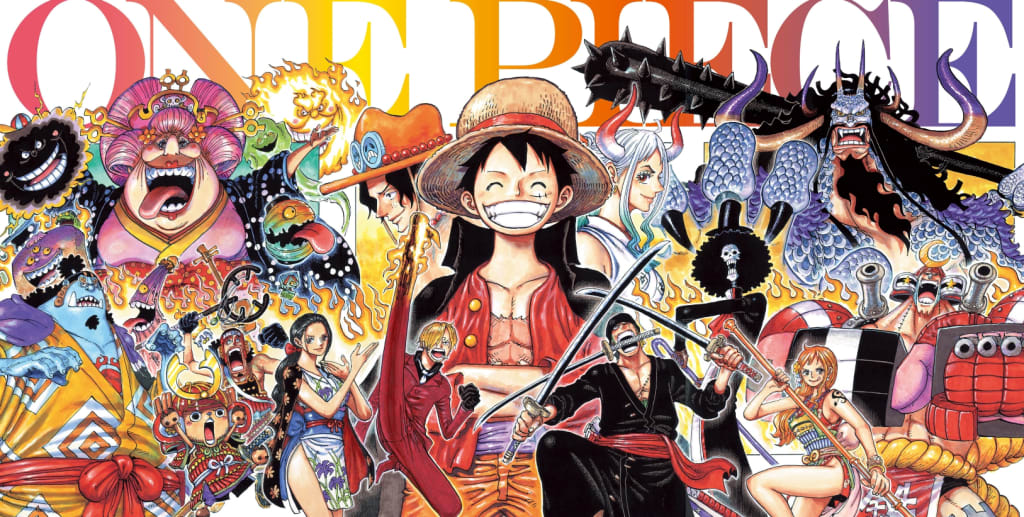
The other day, I was reading the latest chapter of Eiichiro Oda’s One Piece and I suddenly started tearing up when I read about a super tragic backstory of a mysterious villain. After five minutes of ugly crying for a fictional character I thought I was supposed to hate, I realized something. One Piece is a modern-day Epic.
While many may dismiss One Piece as a mere manga and anime series that has gone on for too long, no one cannot deny how the series captured the hearts of millions worldwide due to its storytelling, foreshadowing, and emotionally charged backstories. Upon closer examination of this long-running series, it is completely plausible that One Piece meets all of the requirements of a modern-day epic. So in this article, let’s explore how One Piece is a modern epic while drawing parallels to both classic and modern epics.
*Spoiler Warning* There will be spoilers for One Piece!
Defining An Epic
Before we get right into it, let’s define what an epic is. An “Epic” is a literary genre that tells grand heroic narratives, usually about a story of a hero going on an adventurous journey. These stories are typically based on mythology, however, authors tend to write them in a unique style that captivates their audience due to the narrative scale, relatable themes, and large of cast of characters. As a result of this, these stories are told at exceptional lengths and have become synonymous with the genre.
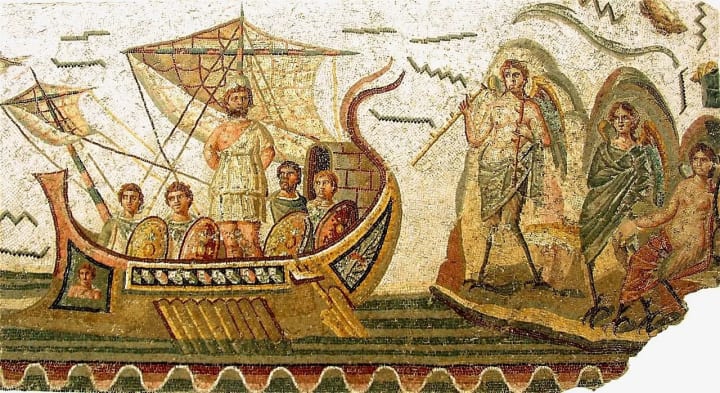
Epics also feature morally complex themes that can reflect a cultural or societal issue. These themes can range from the value of honor, the resilience of the human condition, the nature of good and evil, or is one’s fate determined or made. These themes are usually implanted in the world’s setting and lore, making people realize how vast an epic’s world truly is.
Classic Epic Vs. Modern Epic
When it comes to determining the defining characteristics of Epics, it is important to understand the distinction between Classic and Modern Epics, because it helps serve as a point of reference. Classic Epics such as The Odyssey, The Iliad, Beowulf, The Epic of Gilgamesh, and Paradise Lost are all known for their length, complexity, and scope, often spanning a vast range of time and locations.
All of these classic tales explore themes related to heroism, mythology, and the human condition and they were designed that way to entertain the audience by referencing cultural ideals with formal, archaic language. In contrast, Modern Epics encompass a wide range of contemporary storytelling by referencing recent historical periods in completely new and unique settings in order to convey complex character development, intricate plots, and profound philosophical or moral questions.

Unlike their ancient counterparts which were primarily poetic, modern epics are showcased in different creative mediums such as novels, films, video games, and even graphic novels. By utilizing different mediums, contemporary authors are given the opportunity to tell their grand narratives in a way that is stylistically appropriate and narratively effective to their respective audiences.
Modern Epics such as Star Wars, The Lord of the Rings, A Song of Ice and Fire, and even the Mass Effect series, all feature contemporary Epic storytelling elements and are specifically designed to inspire or invoke deep emotional responses from the audience. Considering how contemporary fandoms create communities based on their favorite series and franchise, Modern Epics are able to gain traction with their respective fan bases and are given the opportunity to grow in ways that wouldn’t have been possible back then.
Does ‘One Piece’ Meet The Requirements?

When it comes to determining whether One Piece is an Epic, we have to take a look at what the story has offered so far and analyze all of the themes, settings, and characters. We also have to base it on the same criteria as other Epics in terms of scale, imagination, and depth. So with that in mind, let’s get right into it!
The Hero’s Journey
At the heart of any epic is the hero’s journey, and in One Piece, we find the classic archetype of the hero in the form of Monkey D. Luffy. Luffy’s journey mirrors the archetypal hero’s path as he sets out on a grand adventure to achieve his ultimate goal of becoming the king of all pirates.
Just as Odysseus sought to return home in The Odyssey and Luke Skywalker decided to take down the Death Star in Star Wars, the sheer scale and ambition of Luffy’s quest takes him and his crewmates to navigate through the Grand Line and the New World where they face against many strong adversaries in order to fulfill his dream.

As a character, Luffy embodies all of the qualities that are found in traditional epic heroes, such as courage, determination, loyalty, and unwavering resolve. While he showcases some childish characteristics that are usually found in Shonen stories such as immaturity, gluttony, and emotional suppression, it doesn’t inhibit his abilities nor affect his judgment during serious battles.
Of course, much like every hero’s journey in an epic, One Piece follows the typical narrative structure that has the audience see Luffy’s growth, challenges, and ultimate transformation. We especially see his growth every time he faces an opponent who exhibits extraordinary strength, devil fruit powers, or trickery.

For instance, when Crocodile defeats Luffy in the Alabasta arc for the first time, Luffy learns that he cannot defeat him through sheer guts and punches much like his previous foes such as Buggy, Don Krieg, and Arlong. Instead, he had to discover Crocodile’s weakness and utilize out-of-the-box tactics and strategy in order to defeat him and his devil fruit powers.
As the series progresses, Luffy’s opponents become stronger with every passing arc and this forces him to become stronger and learn new skills in order to defeat the likes of powerful emperor-level pirate crews and high-ranking marine soldiers. Much like how Luke Skywalker began his training and grew into a powerful Jedi, Luffy’s overall growth as a character so far is evident in his increasing mastery of Haki, his development as a leader, and his unwavering commitment to his friends and ideals.

Memorable Complex Characters
An essential component of any epic is its diverse and memorable cast of characters. Modern Epic series such as Dune and Star Wars are known for having a large cast of characters, all possessing their own goals, dreams, and aspirations. One Piece also excels in this regard by offering readers a vast array of personalities, each with their unique quirks, abilities, and emotionally charged backstories.
From the cheerful and simple-minded Luffy to the morally complex and cynical Nico Robin, every member of the Straw Hat Pirates contributes to the group dynamic and add their two cents to the overarching story. However, unlike most Shonen Jump series, these complex characters are not just limited to the Straw Hat crew.
One Piece introduces a wide range of allies, rivals, antagonists, and side characters each with their motivations and complexities and most of them undergo significant character development throughout the series. Whether we as an audience learn more about them through an emotionally charged backstory or seeing their reappearance in a future arc, the way that One Piece brings back characters expands the world in an interesting and complex way and makes us question our initial impressions of these characters.

For example, Mr. 2 Bon Clay was first introduced as a super quirky villain who was one of the Alabasta's arc main antagonists. However, towards the end of the arc he sacrificed himself to allow the Straw Hat crew to say goodbye to their friend Vivi, all because he was moved by their dedication to see their friend. When he makes an appearance later on during the Impel Down arc, fans were excited to see him again and was moved by his loyalty to Luffy. That was until he had to sacrifice himself yet again for Luffy's mission.

So whether it's the cunning and ruthless Donquixote Doflamingo, or the shy and optimistic Koby, these characters add depth and dimension to the overarching narrative. In fact, the interconnectedness of the characters' pasts and the development of their relationships with the main cast over time create a web of intrigue and emotion that is reminiscent of the great epics of literature.
A Vast Imaginary World
One of the defining features of traditional epics is the creation of a vast and imaginative world. Homer’s The Iliad and The Odyssey introduced readers to the rich mythological tapestry of Ancient Greece, while modern epics such as the Lord of the Rings and Star Wars depicted large imaginative universes where there is so much lore and history to explore. With that in mind, One Piece definitely introduces fans to a meticulously crafted world filled with diverse cultures, races, and history.

The Four Seas, the Grand Line, and the New World create the grand stage where the Straw Hat Pirates’ adventures unfold. Each island, city, and culture within the One Piece world is entirely unique and contributes to the story’s epic quality. Oda’s world-building is reminiscent of Tolkien’s Middle-earth or George R.R. Martin’s Westeros, showcasing the depth and complexity of the narrative of each respective arc.

For instance, the setting for the Wano arc is inspired by Feudal Japan and it references many historical Japanese folklore, traditional customs, and political history, such as the closed-door policy which was a huge complex issue during Edo Japan. As Oda references significant parts of cultural world history in One Piece, it not only allows readers to gain some historical insight through an easily digestible medium, but it allows Oda to naturally expand the One Piece world.

The various islands of the Grand Line and New World alone are home to a wide range of creatures, races, and technologies that create a sense of wonder and discovery for both the characters and the readers. Considering how Oda bases many of his fictional locations on historical or well-known architecture, it adds a layer of depth that makes these islands stand out and significant to the plots of their respective arcs.
For instance, the famed city of shipwrights, Water 7 is based on Venice, Italy which is showcased by the usage of canals and taxi boats. The famed Sky Island, Skypiea is based on the jungles and ancient ruins of Guatemala which is highlighted through the natural tropical landscape. Even the mysterious Florian Triangle is based on the equally mysterious Bermuda Triangle to showcase how infamously creepy and mysterious that section of the ocean is.
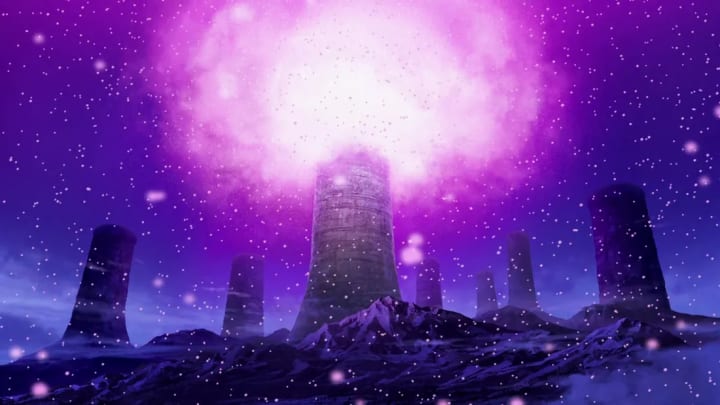
Furthermore, the history and lore of the One Piece world are deeply intertwined with the characters’ journeys. The ancient weapons, the void century, Gol D. Roger’s past, and the true nature of the One Piece itself are central mysteries that drive the plot forward and are slowly discovered with each new island. The gradual unraveling of these mysteries adds depth and intrigue to the narrative, keeping readers engaged and invested in the epic tale.
Moral Complexity & Ethical Dilemmas
Epic stories often serve as a platform for moral exploration and thematic allusions and One Piece is no exception to showcasing deep social commentary. The series does not shy away from addressing morally complex ethical dilemmas and, in fact, fully embraces how dark these dilemmas can end up.

From political corruption, tyranny, slavery, child suffering, oppression, experimentation, racism, and even genocide, Oda addresses complex issues by having the Straw Hat crew fight against these oppressive systems and have them point out the initial flaws of these corrupt and immoral social constructs.
While they usually fight these corrupted systems under the guise of self-interest, the Straw Hat Pirates are often portrayed as champions of justice, standing up against those who would harm innocent people or exploit their power. Their unwavering commitment to their ideals and the greater good reflects the heroic qualities commonly found in epic literature.

For instance, the Arlong Park and Fishman Island arc are great examples of the Straw Hat crew fighting against racist and extremist ideologies. Meanwhile, the Drum Island, Dressrosa, and Wano arcs are all cases where the Straw Hat pirates free these oppressive countries from their tyrannical ruling.
The series also dives into the moral ambiguity of characters and the situations they are placed. Characters in the Marines such as Aokiji, Fujitora, and Smoker all struggle to follow the “absolute justice no matter the cost” mantra, because they understand that absolute justice is not a completely black-and-white matter. They also despise the fact that the world’s nobility is able to conduct inhuman practices such as slavery and human trafficking to go by without punishment.

On the other end of the spectrum, the Straw Hat crew recognizes the presence of large organizations like the World Government, the Seven Warlords of the Sea, and the Four Emperors and tries to tread the political and ethical ramifications of fighting against these forces and what would happen when they prevail.
While Luffy is mainly hellbent on kicking all of their asses no matter what, the moral gray areas that are explored in One Piece such as the frequently explored theme of “how far would you go to save a friend in need” mirrors the complexities found in classical epics and makes us ponder these questions to ourselves.

Epic Battles & Feats of Strength
Epic battles and displays of superhuman strength are staples of the epic genre. Like most action-adventure Shonen manga, One Piece seamlessly incorporates this element into its narrative with characters possessing unique and awe-inspiring abilities in the form of Devil Fruits, and the mysterious spiritual power known as Haki.

With so many different types of Devil Fruits in the One Piece world, it creates so many interesting matchups between the Straw Hat crew and all of their foes. Notable antagonists such as the Warlords of the Sea, the Four Emperors, and the Marines present formidable challenges for the crew, especially as their notoriety increases. These battles are not merely physical clashes but also tests of the characters’ principles and beliefs.

The struggle against powerful enemies serves as a vehicle for moral and ethical exploration, mirroring the epic tradition’s emphasis on the eternal conflict between good and evil. In fact, these epic battles serve as the climactic moments of the series’ respective arcs, drawing parallels to the epic clashes between heroes and foes in works like The Iliad and The Aeneid.
Considering that some of One Piece’s most memorable villains have recently made a comeback in their own way and still prove to be a general threat shows the audience that the Straw Hat Crew still has many battles ahead of them. Add on top of the fact that the series still has several powerful overarching villains in differing factions, proves that the series hasn’t even scratched the surface of the most epic battles to come.
Is ‘One Piece’ An Epic?
One Piece is in fact, a modern-day epic that follows the traditional definitions of this revered literary genre. With its hero’s journey set in a vast and imaginative world that explores moral complexity and epic battles, One Piece stands as a contemporary masterpiece that can be mentioned alongside the classics of ancient literature and some of its contemporary counterparts.
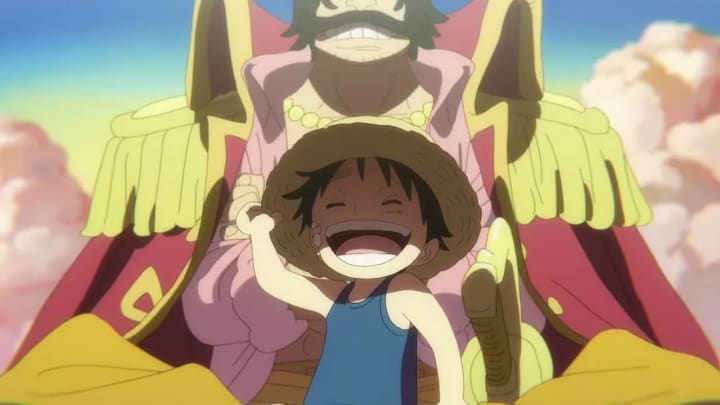
The fact that One Piece is a globally admired series that started out as a simple black-and-white comic is a testament to how anybody can tell an Epic no matter what kind of creative medium you choose to focus on. As Eiichiro Oda continues to tell his story, we as avid and casual fans of the series can not wait to see how and where One Piece will take us next. Hopefully, we can live to see the day to find out what the hell the One Piece actually is!
If you liked what you read, be sure to like and follow for more related content!
About the Creator
Jay Kobayashi
A starving writer from LA who aspires to be plagiarized one day. I like to write about academic pieces that identifies philosophy and psychology in pop culture, and sometimes random fun pieces that interests me or the algorithm!

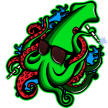
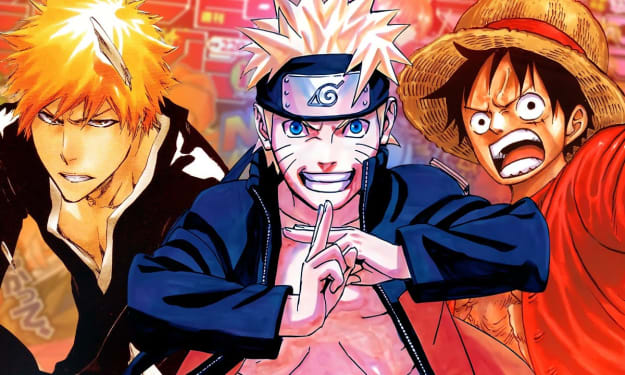



Comments (1)
Great piece Jay! One Piece is definitely a modern day epic. And what's also impressive is that such a story has been told through a medium as dynamic and collaborative as Manga over an unprecedented period of time.